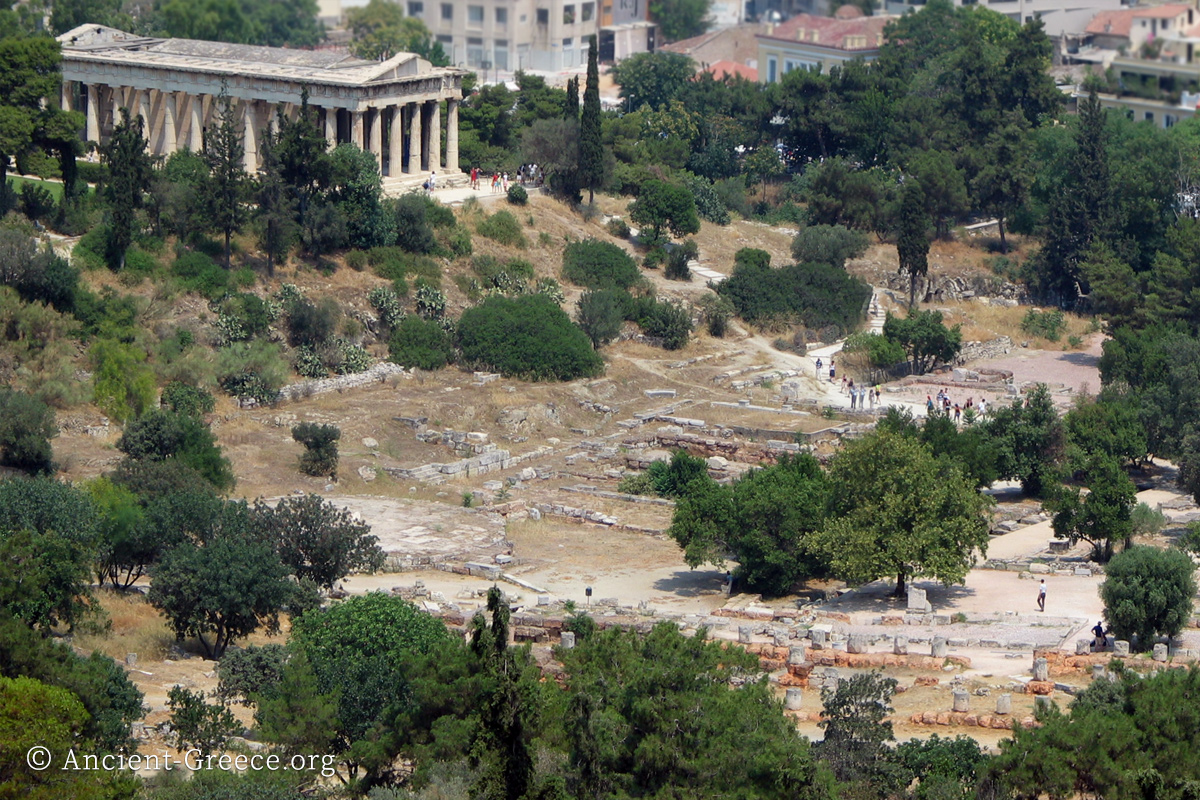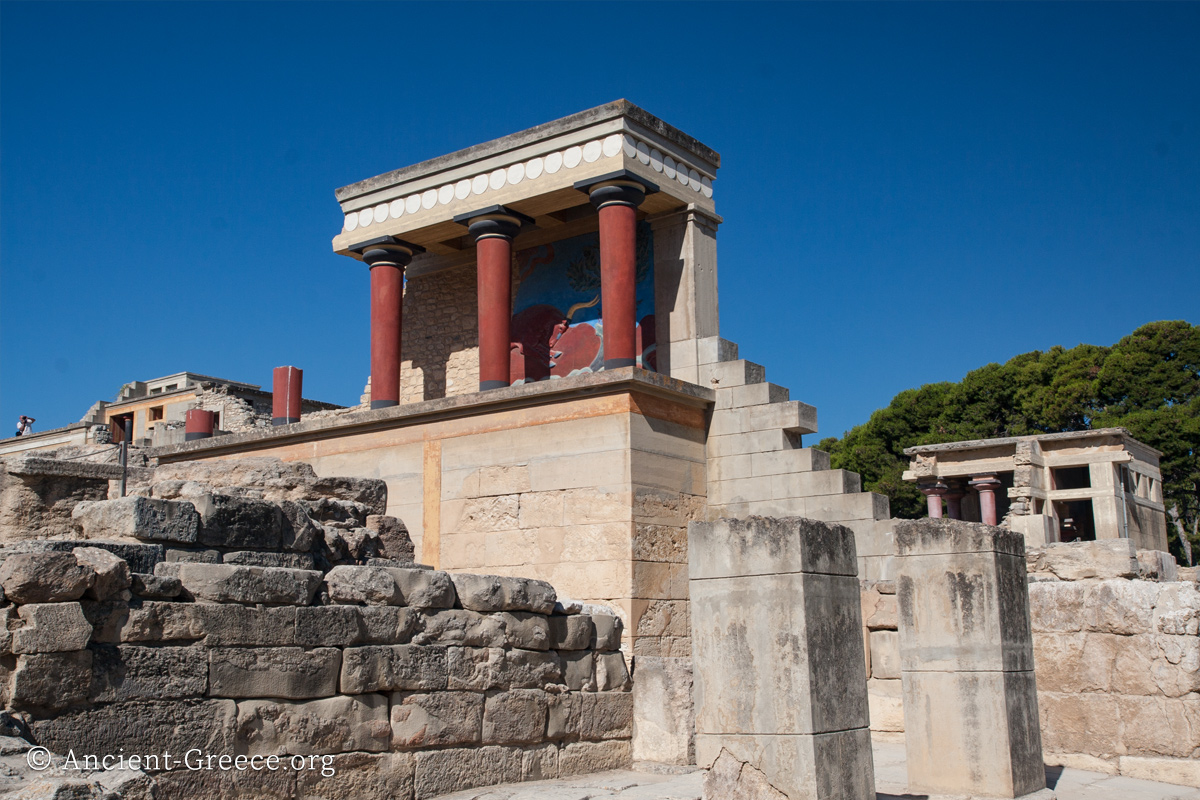Archaeological Sites
-
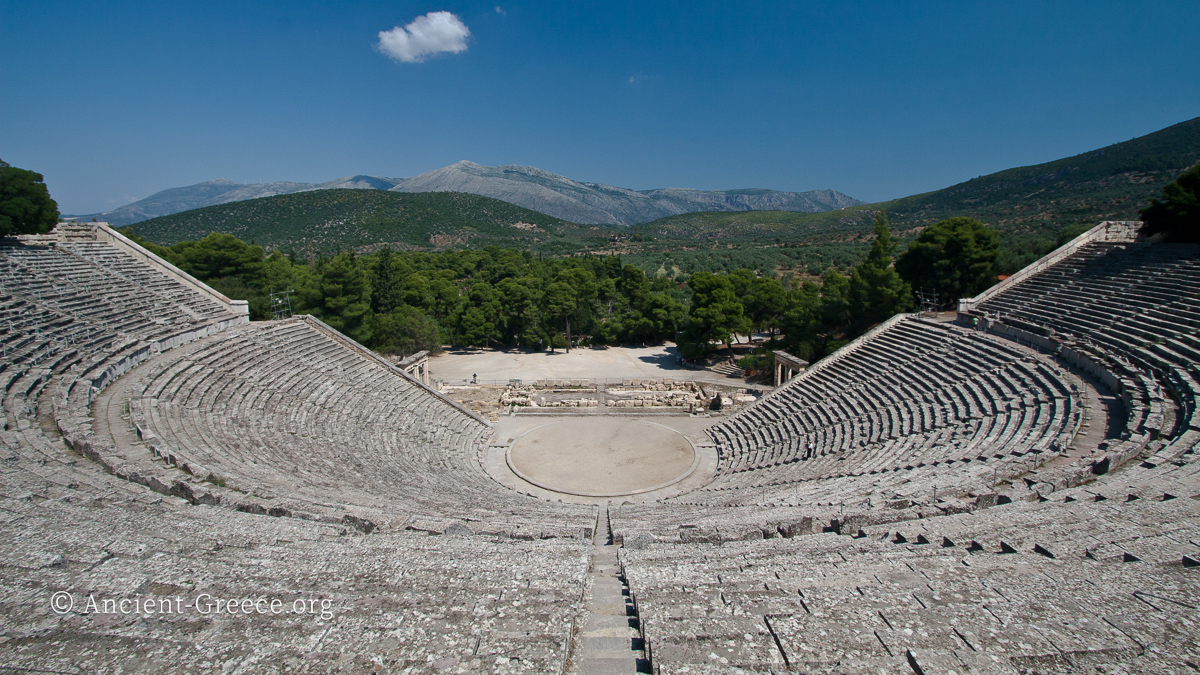
Epidaurus Archaeological Site
Read more: Epidaurus Archaeological SiteThe Asklepieion of Epidaurus (Ασκληπιείον τής Επιδαύρου) is a renown ancient Greek healing center which is considered the cradle of medicinal arts, and the mother sanctuary of the plethora of other Asklepieia that were built throughout the Hellenic…
-

Agora of Athens Archaeological Site
Read more: Agora of Athens Archaeological SiteThe Agora (Αγορά) of Athens today is an archaeological site located beneath the northwest slope of the Acropolis. The word “agora” applies to an assembly of people and by extend marks the gathering place. In modern Greek the term…
-

Kerameikos Archaeological Site
Read more: Kerameikos Archaeological SiteKerameikos (Κεραμεικός, Ceramicus) is the area of ancient Athens where the potters had their workshops. The English word “ceramics” derives from this area. Today, Kerameikos is an important archaeological site northwest of the Agora and the Acropolis. It…
-
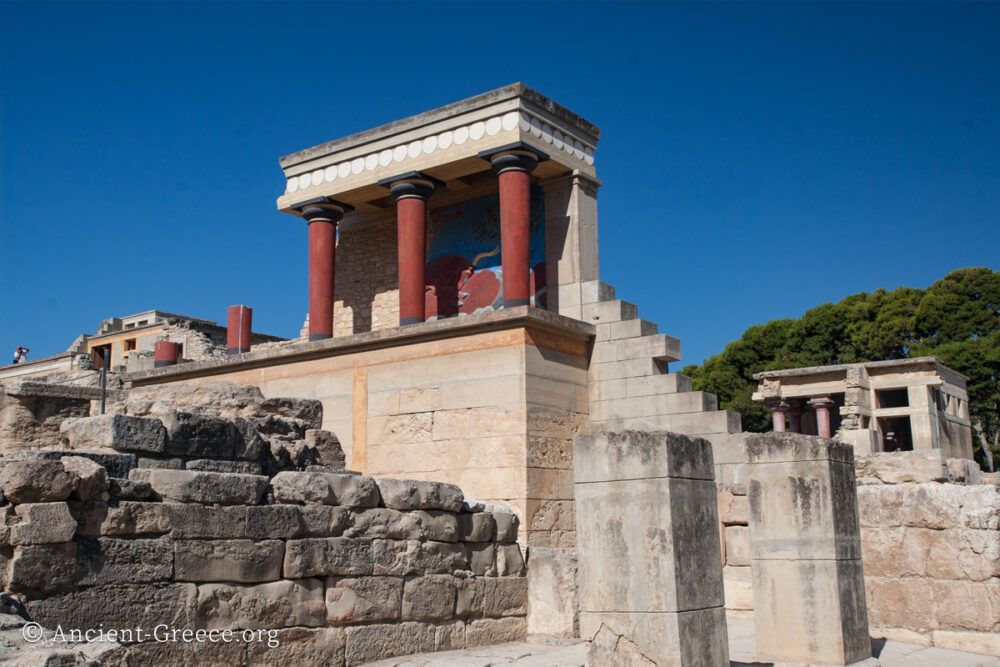
Knossos
Read more: KnossosKnossos (Κνωσσός, also transliterated as Cnossos, Knossus, Cnossus, Gnossus, Gnossos) palace was undeniably the most important center of Minoan Crete. It is grander, more complex, and more flamboyant than any of the other palaces known to us, and it…
-
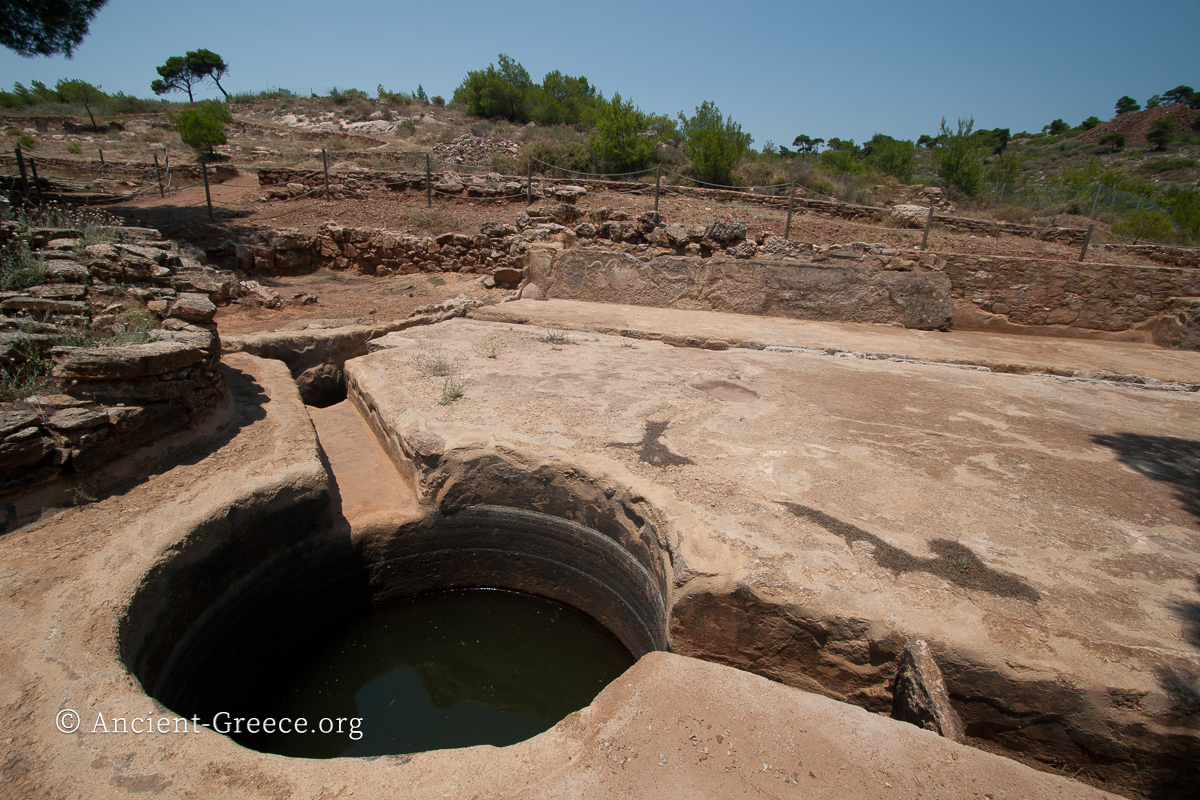
Lavrion Ancient Silver Mines
Read more: Lavrion Ancient Silver MinesLavrion (Λαύριον, Λαύριο, Lavrio, Laurio, Laurium, Laurion), is a rugged area in eastern Attica, near Athens, where the ancient silver mines are located. During the classical era, these silver veins were used to finance the formidable navy used to…
-

Limnaea
Read more: LimnaeaLimnaea (Greek: Λιμναία, also transliterated as Limnaia) is an archaeological site in Akarnania, Greece. The ruins of ancient Limnaea are located on a low hill, overlooking the Ambracian Gulf above the modern town of Amphilochia. The fortified hill…
-
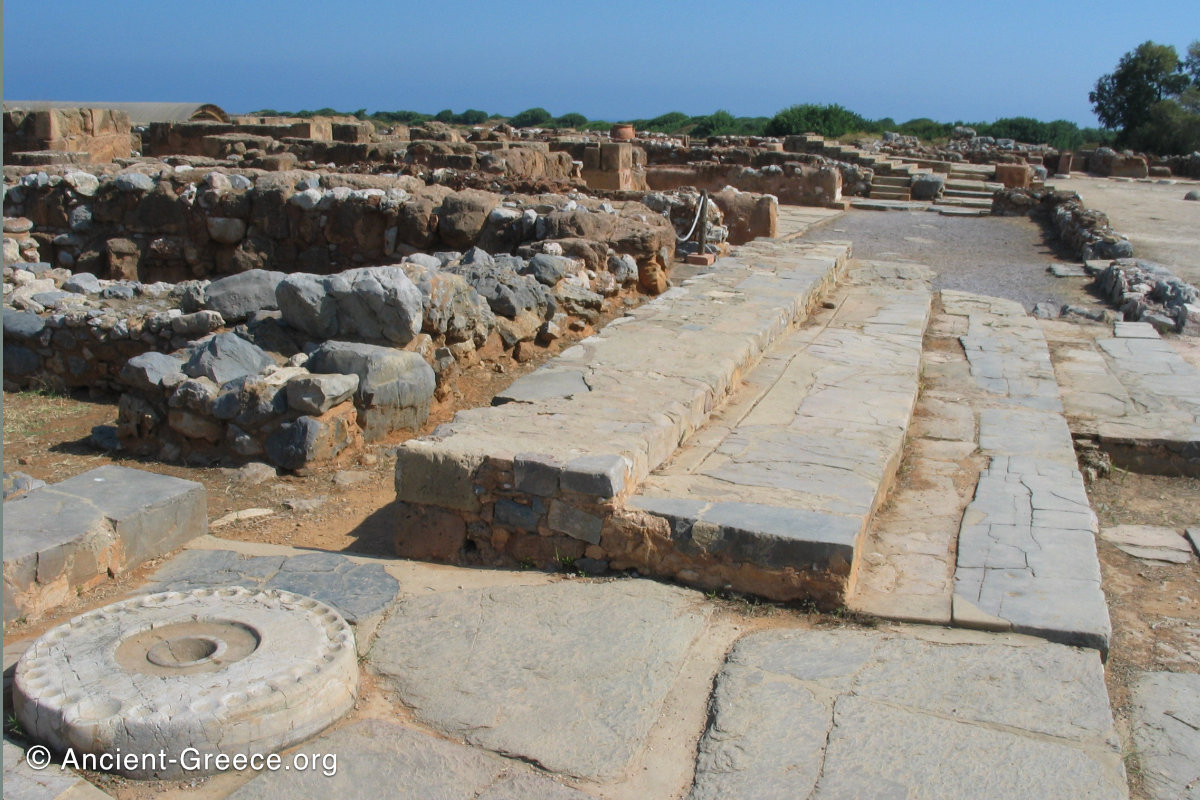
Malia
Read more: MaliaThe Minoan palace at Malia (Μάλια) is the third largest palace of Minoan Crete after Knossos and Phaistos. The palace’s proximity to the sea was obviously important in the development of the site into a cultural hub for…
-

Marathon Archaeological Site
Read more: Marathon Archaeological SiteMarathon (Μαραθών, Μαραθώνας) area has yielded archaeological artifacts dating back to the Stone Age, but in modern times Marathon has become synonymous with the famous battle between the Athenians and the invading Persians where the outnumbered Greeks managed…
-
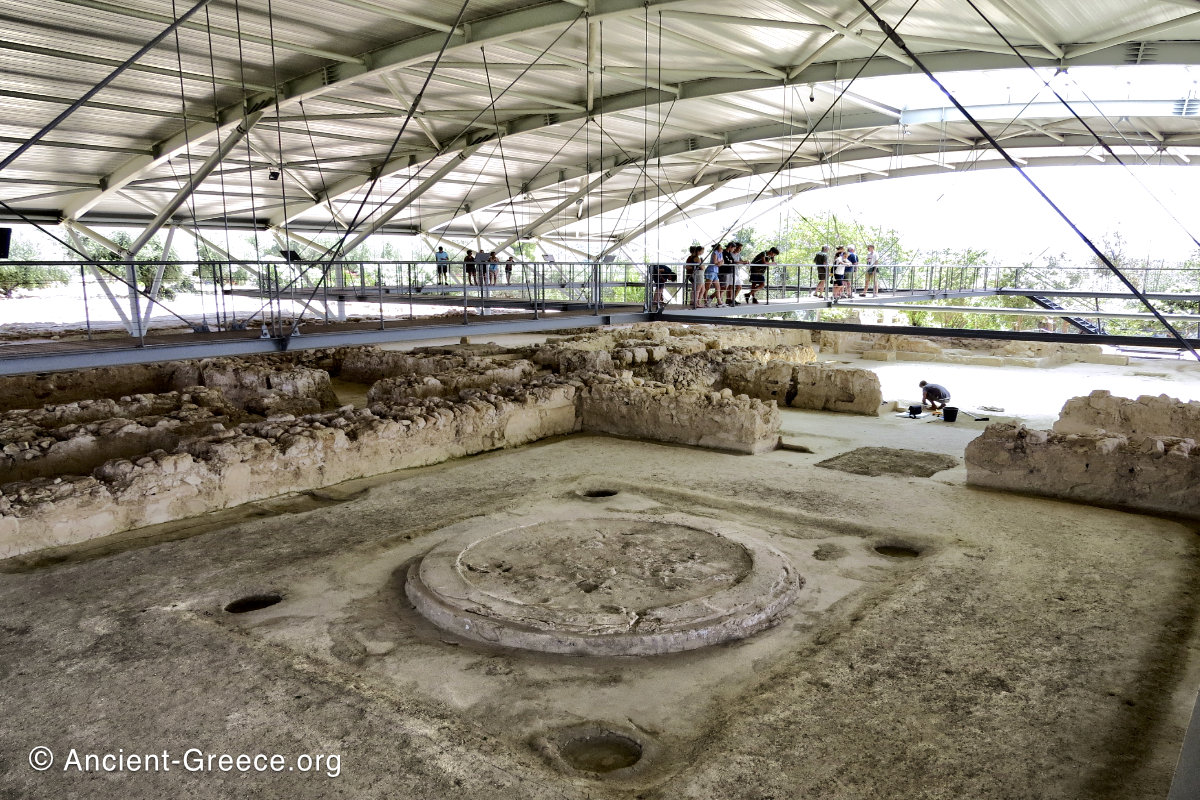
Nestor’s Palace
Read more: Nestor’s PalaceThe Mycenaean palace of Nestor (Ανάκτορο του Νέστορα) is an archaeological site near Pylos in SW Peloponnese, Greece. It was an influential center during the Late Bronze Age era (circa 1600-1100 BCE), and it played a role in…
-

Phaistos
Read more: PhaistosPhaistos (Φαιστός, also transliterated as Faestos, Phaestos, Faistos) is the second largest Minoan palace of Crete after Knossos. The Bronze Age palace is located on a low hill in the Messara plain south of Heraklion. The site was…


